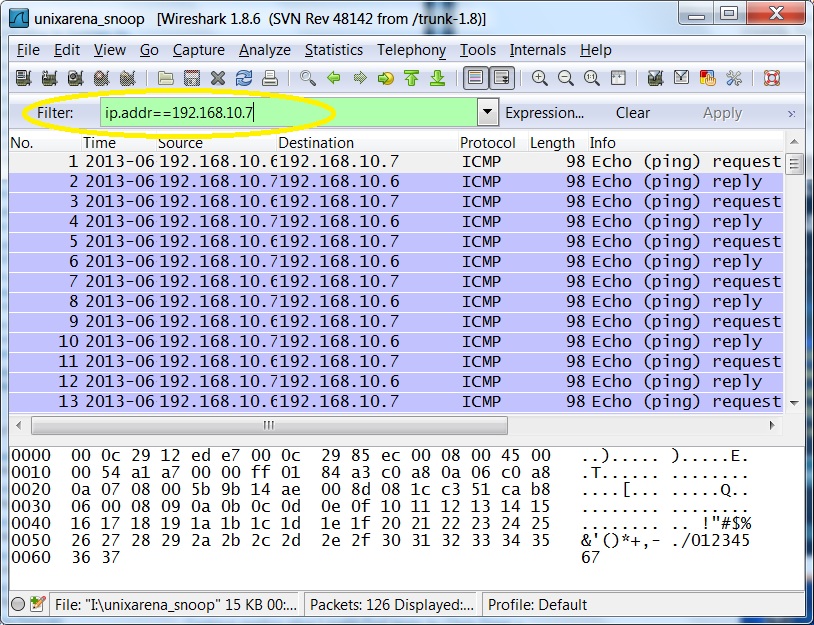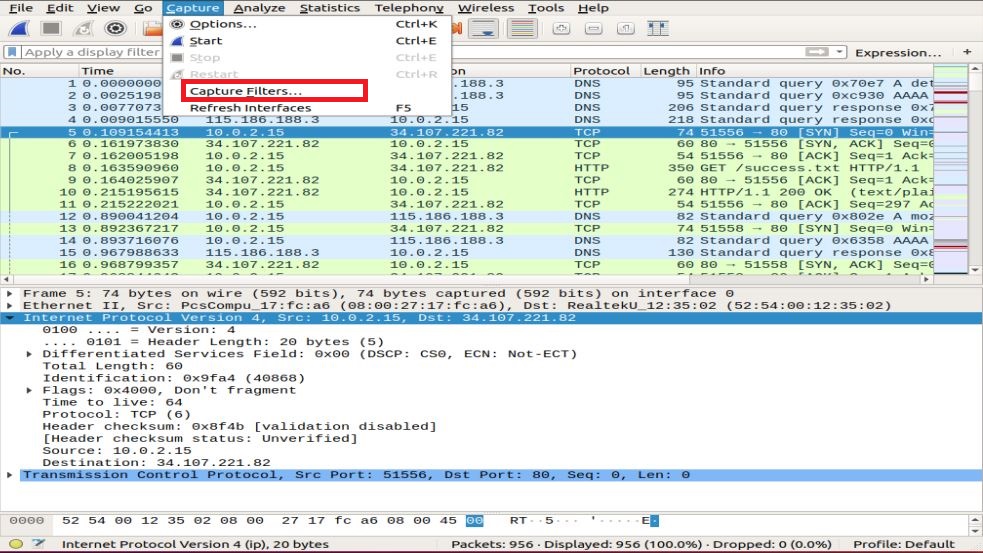

To check if promiscuous mode is enabled, click Capture > Options and verify the “Enable promiscuous mode on all interfaces” checkbox is activated at the bottom of this window.

If you have promiscuous mode enabled-it’s enabled by default-you’ll also see all the other packets on the network instead of only packets addressed to your network adapter. Wireshark captures each packet sent to or from your system. You can configure advanced features by clicking Capture > Options, but this isn’t necessary for now.Īs soon as you click the interface’s name, you’ll see the packets start to appear in real time.

For example, if you want to capture traffic on your wireless network, click your wireless interface. Capturing PacketsĪfter downloading and installing Wireshark, you can launch it and double-click the name of a network interface under Capture to start capturing packets on that interface. Don’t use this tool at work unless you have permission. If you want to filter out all packets containing IP datagrams to or from IP address 1.2.3.4, then the correct filter is !(ip.addr = 1.2.3.4) as it reads “show me all the packets for which it is not true that a field named ip.addr exists with a value of 1.2.3.4”, or in other words, “filter out all packets for which there are no occurrences of a field named ip.addr with the value 1.2.3.4”.Just a quick warning: Many organizations don’t allow Wireshark and similar tools on their networks. As an IP datagram contains both a source and a destination address, the expression will evaluate to true whenever at least one of the two addresses differs from 1.2.3.4. The reason for this, is that the expression ip.addr != 1.2.3.4 must be read as “the packet contains a field named ip.addr with a value different from 1.2.3.4”. Instead, that expression will even be true for packets where either source or destination IP address equals 1.2.3.4. Unfortunately, this does not do the expected. Then they use ip.addr != 1.2.3.4 to see all packets not containing the IP address 1.2.3.4 in it. Often people use a filter string to display something like ip.addr = 1.2.3.4 which will display all packets containing the IP address 1.2.3.4. Using the != operator on combined expressions like eth.addr, ip.addr, tcp.port, and udp.port will probably not work as expected. Here 192.168.1.6 is trying to send DNS query. Wireshark allows you to string together single ranges in a comma separated list to form compound ranges as shown above. Now we put tcp.port 80 as Wireshark filter and see only packets where port is 80.


 0 kommentar(er)
0 kommentar(er)
